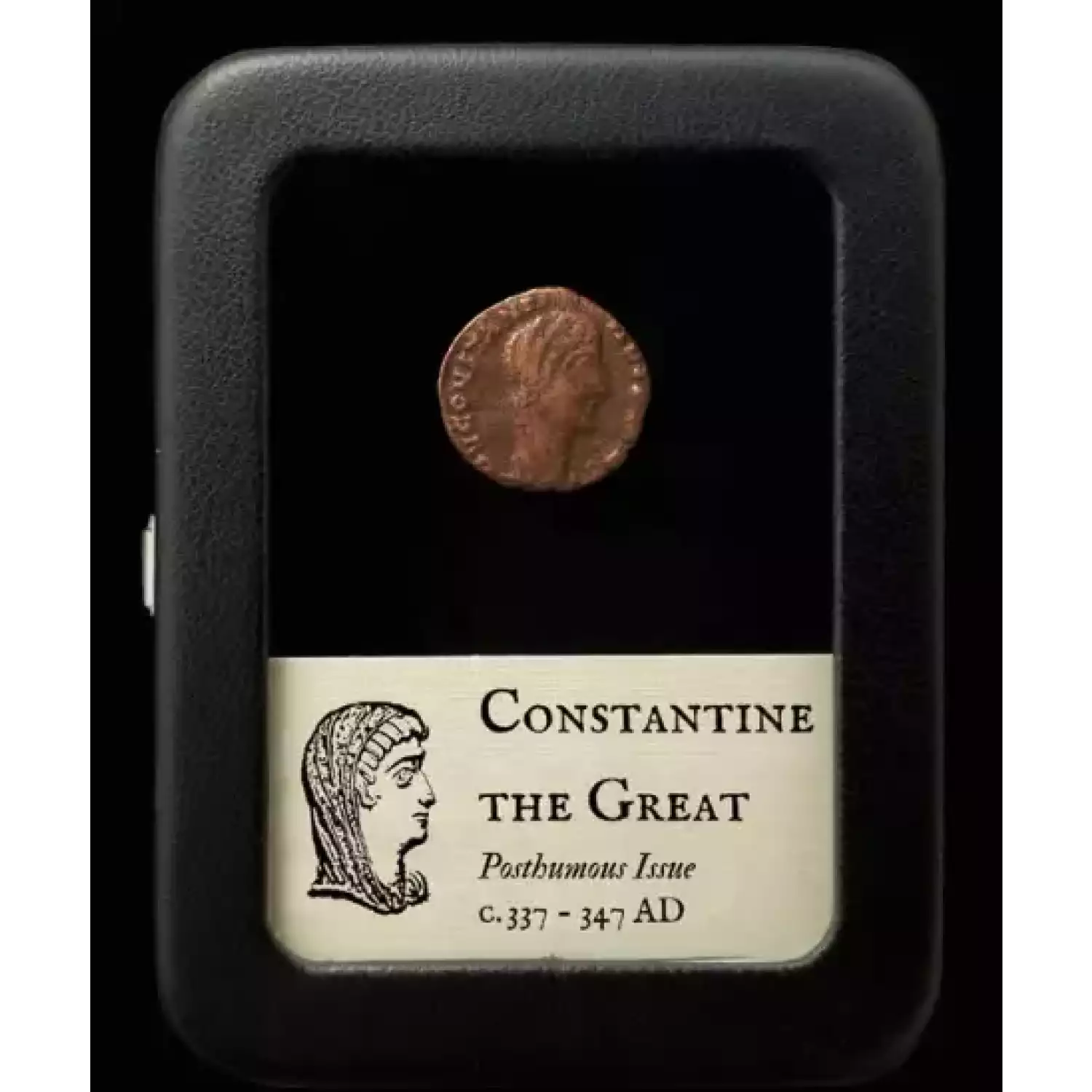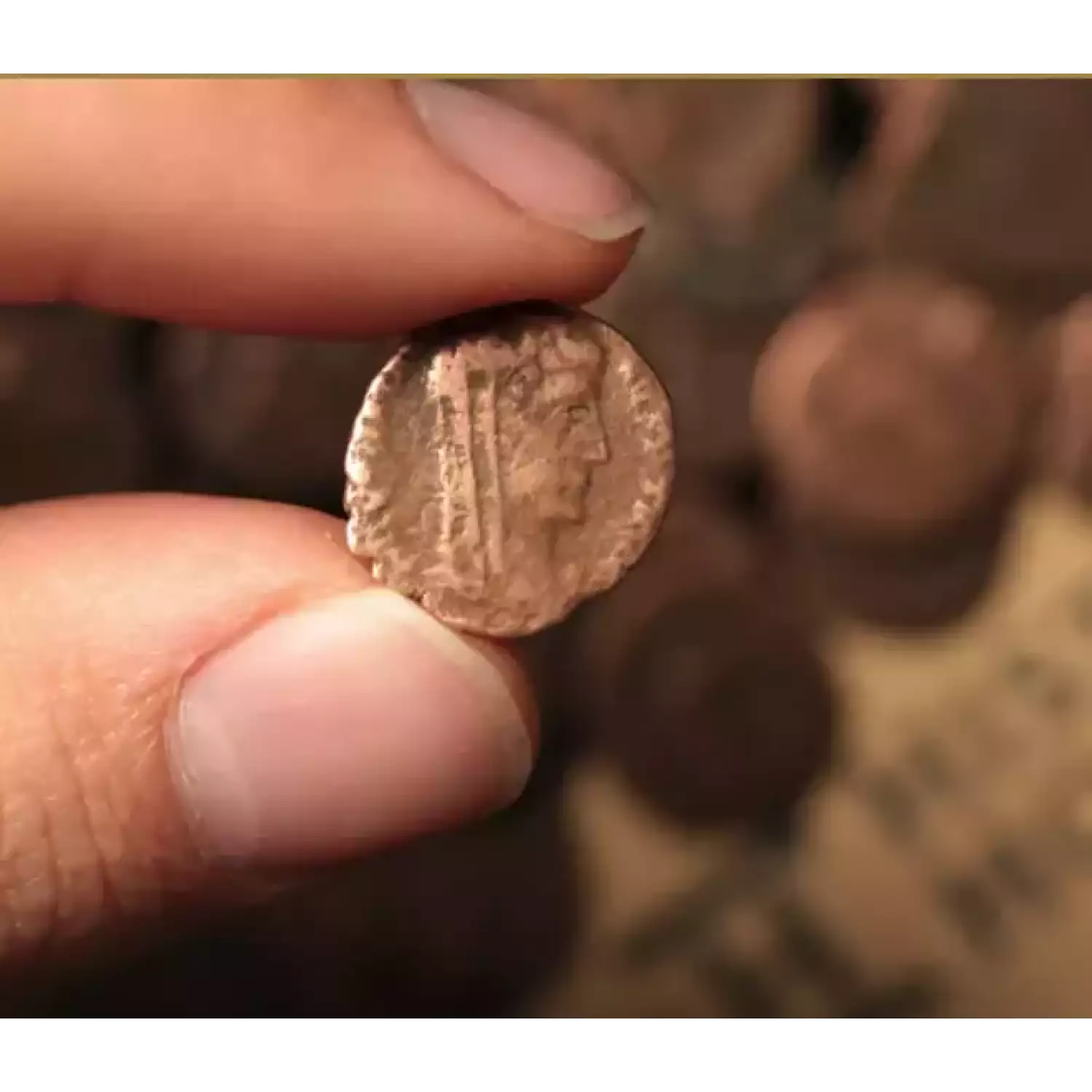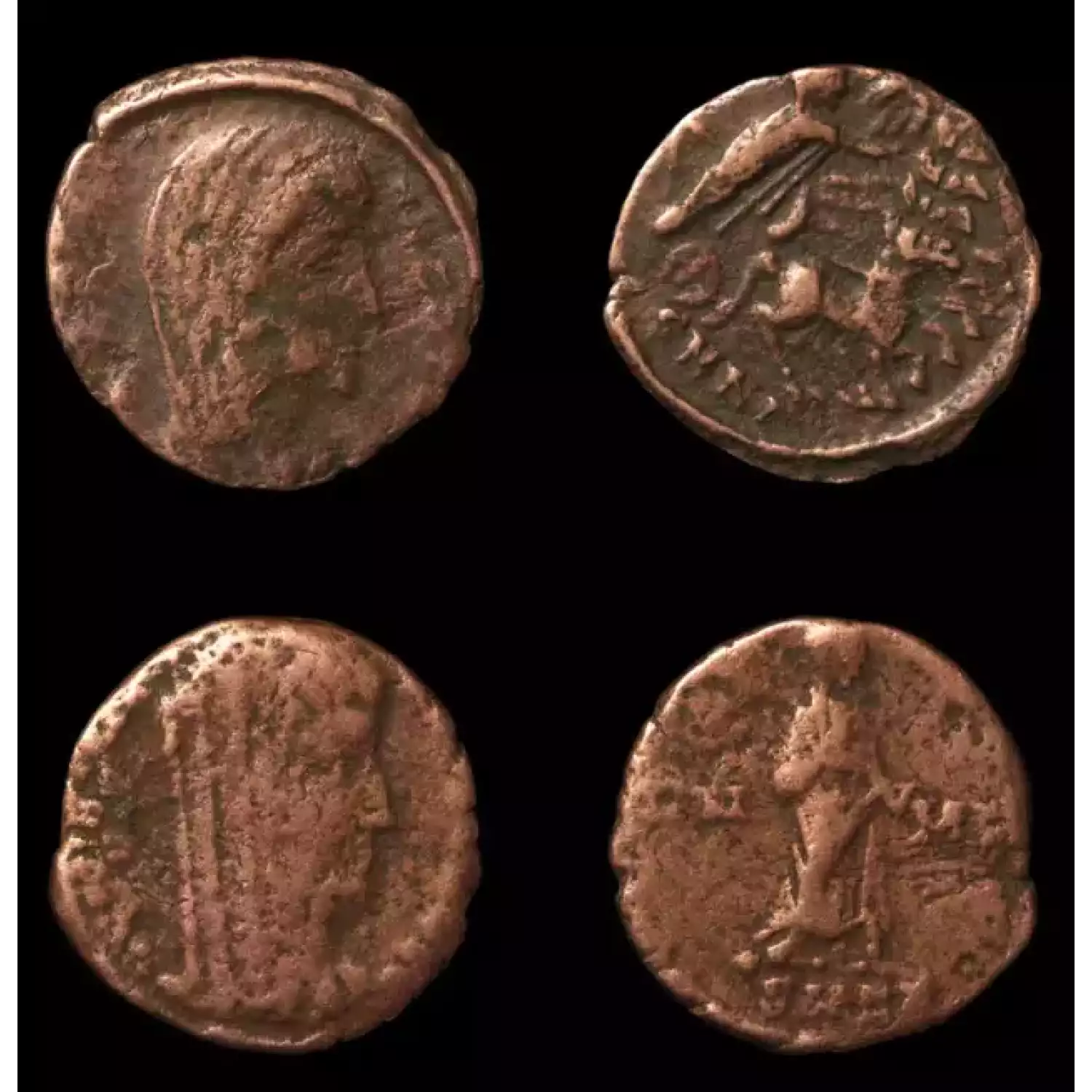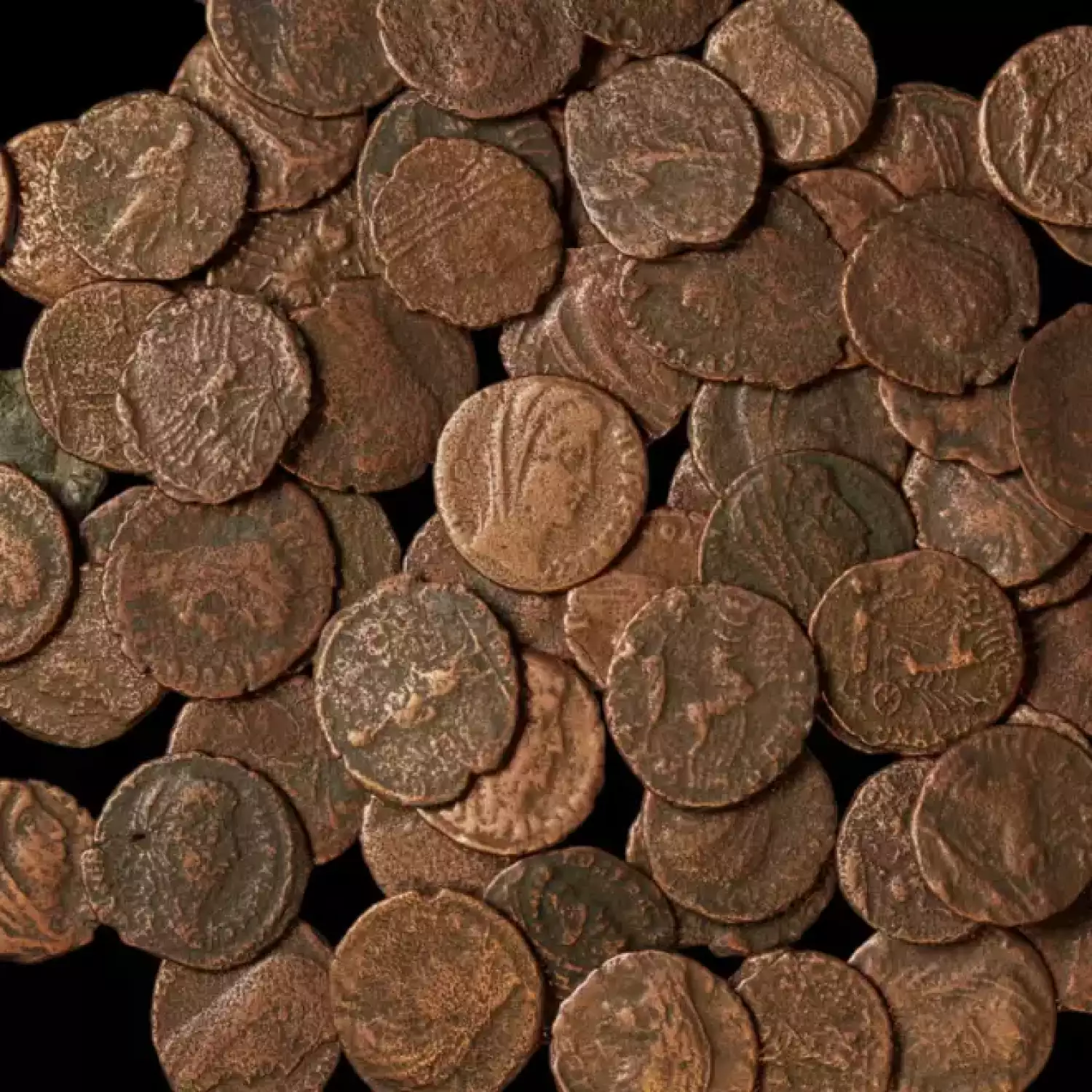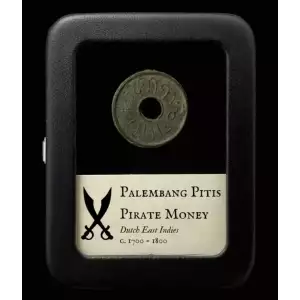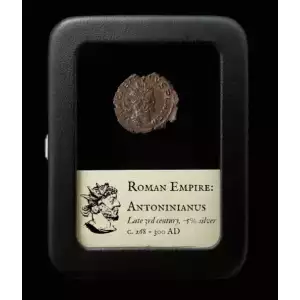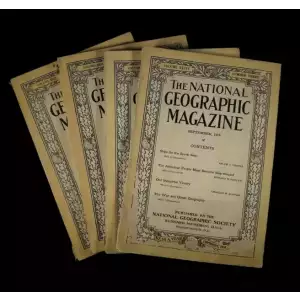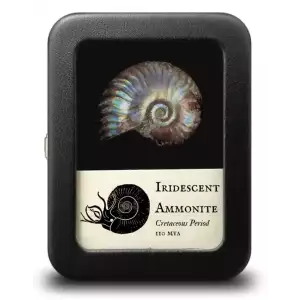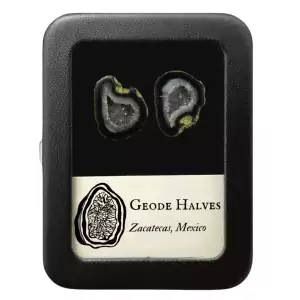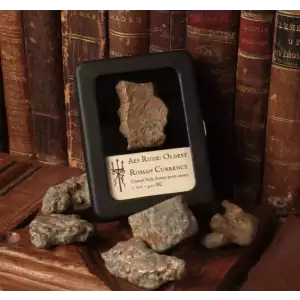-
586.979.3400
-
Fast & Free Shipping
-
info@ExecutiveCurrency.com
All Categories
Close-
- Individual Rarities
- Large Size Notes
- Proofs/Specimen
- Legal Tenders
- Federal Reserve Bank Notes
- Federal Reserve Notes
- Treasury Notes
- Gold Certificates
- Silver Certificates
- Demand Notes
- Fancy Serial Numbers
- Large Size Notes
- World Currency
- Solids
- Serial # 1 and Single Digits
- Ladders
- Radars
- Repeaters
- 5-7 of a Kind
- Small Size Notes
- Autographed Notes
- Legal Tenders
- Silver Certificates
- North Africa
- R & S
- Federal Reserve Notes
- Federal Reserve Bank Notes
- Gold Certificates
- Proof/Specimen
- High Denominations
- BEP Premium Sets
- National Bank Notes
- Serial Number 1 Notes
- Large Size Notes
- Small Size Notes
- Uncut Sheets
- Monthly Specials
- Fast & Free Appraisals
- Send Want List
- Blog

